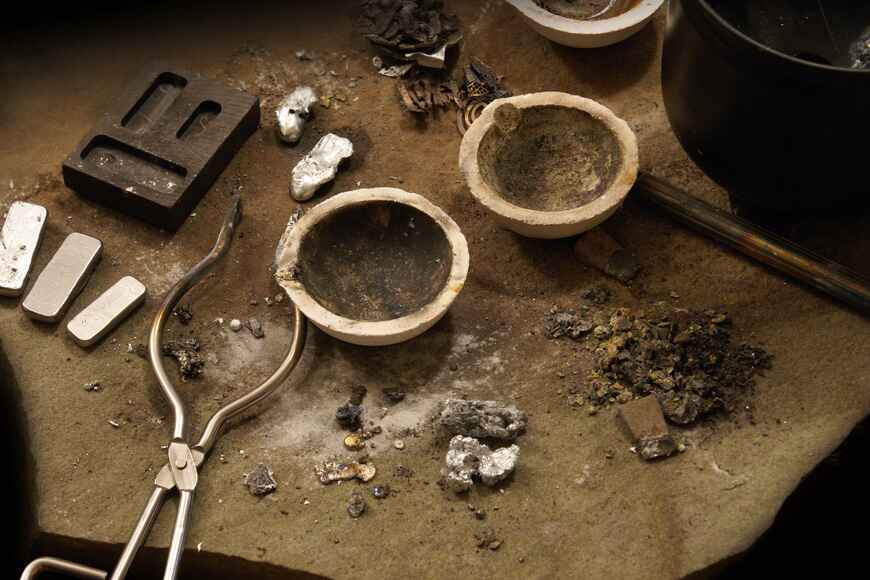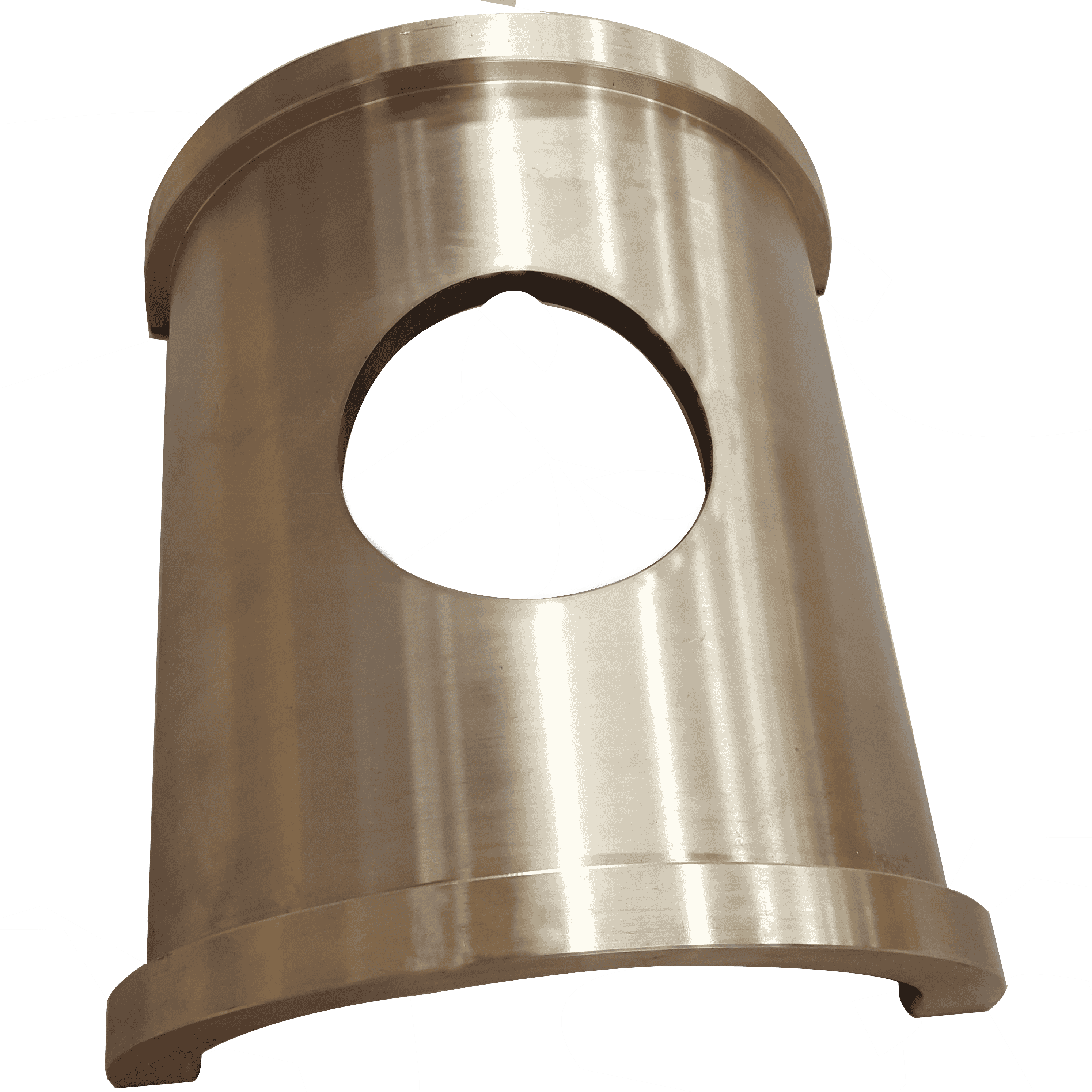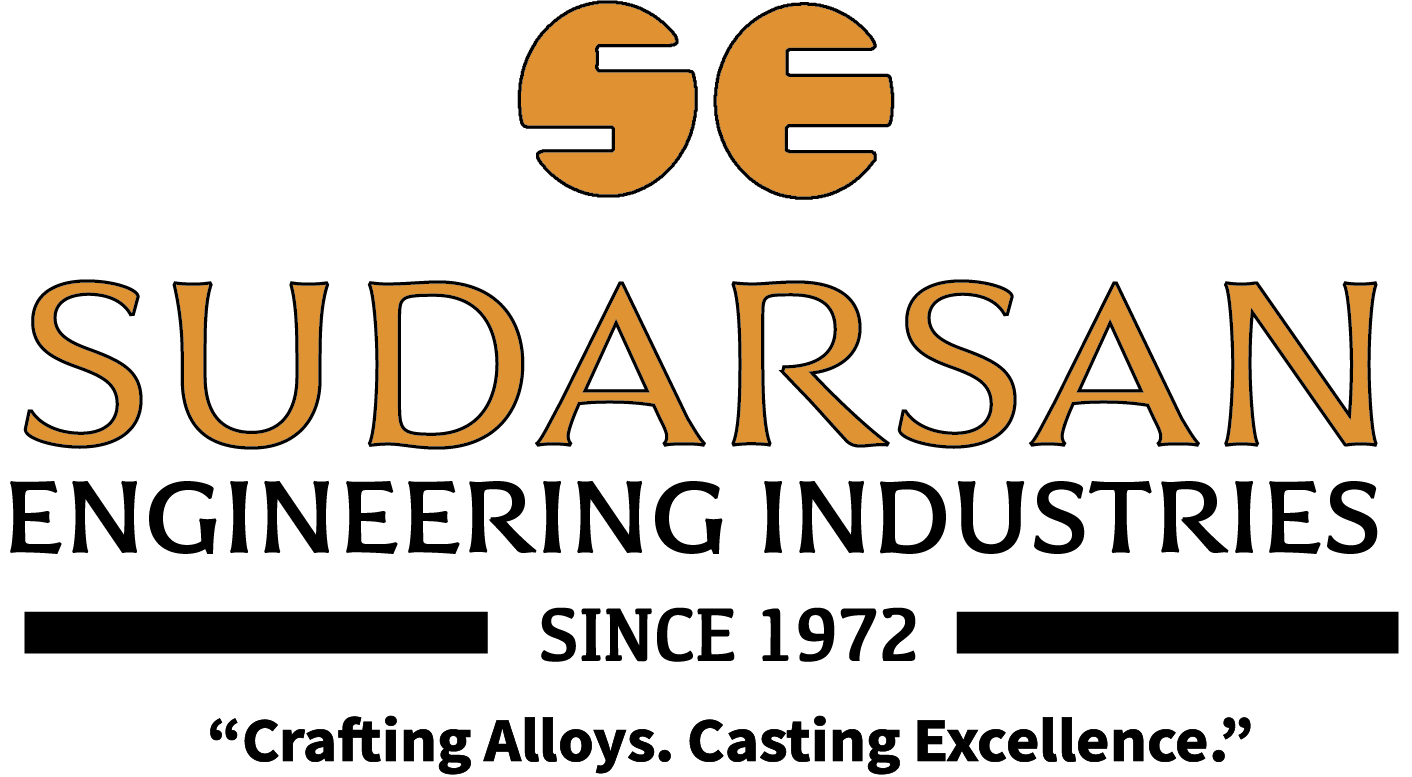Manufacturing
Sand Casting
In its basic form, sand casting is one of the simplest production methods, yet it offers numerous advantages—particularly for short-run or complex castings that require multiple cores, as well as for large castings.

Benefits of Sand Casting
- Cost-Effective & Efficient – Low tooling costs and fast setup compared to investment or die casting.
- Large Casting Capabilities – SEI can cast aluminum alloys up to 110 kg.
- Complex & Intricate Designs – Multiple internal cores allow for intricate and detailed castings.
- Eco-Friendly – Up to 70% of the sand used in the process is reclaimed, reducing waste.
- Highly Versatile – Can be used with a wide range of metal alloys.
- Ideal for Low - Volume & Large Castings – Best suited for low-volume production of complex non-ferrous castings or large ferrous castings.

Copper Casting: A Cost-Effective & Sustainable Solution
Gravity Die Casting
At Sudarsan Engineering Industries (SEI), we specialize in producing high-quality gravity die castings at our state-of-the-art foundry. Our non-ferrous casting facility is ideally suited for medium-run production of components made from aluminum and other non-ferrous alloys. These castings are used across various industries, including:
- Automotive
- Defense
- Marine
- Complex machinery manufacturing
- And many more
What is Gravity Die Casting?
Gravity die casting is a permanent mold casting process where molten alloy is poured into a mold using only gravity, without external pressure. This results in castings that are significantly less porous than those produced by other casting methods. The process ensures dimensional accuracy, smooth surface finishes, and thin-walled components, with the capability to cast intricate shapes and embedded inserts. As a result, little to no secondary machining is required.
Benefits of Gravity Die Casting
- Superior dimensional accuracy
- Smooth, high-quality surface finishes
- Thinner walls for intricate and lightweight designs
- Cast-in inserts (such as threads, heating elements, and high-strength surfaces)
- Reduced or eliminated secondary machining
- Rapid production rates – ideal for longer production runs
- Higher tensile strength compared to sand casting
- Expertise in aluminum casting at our specialized foundry
At SEI, we leverage our extensive experience and advanced casting techniques to produce high-performance gravity die cast components that meet the most demanding industry standards.
